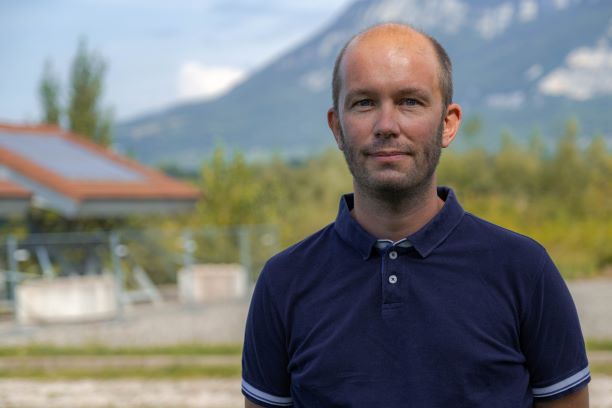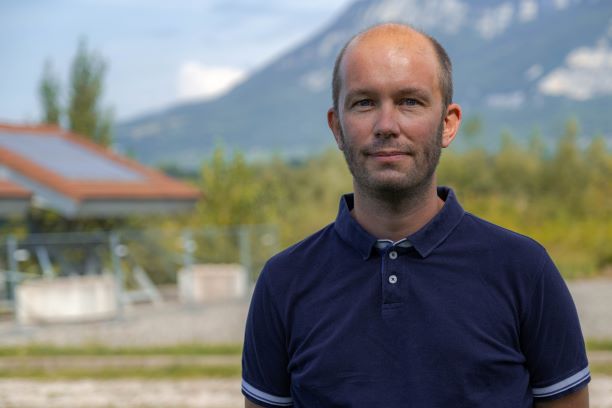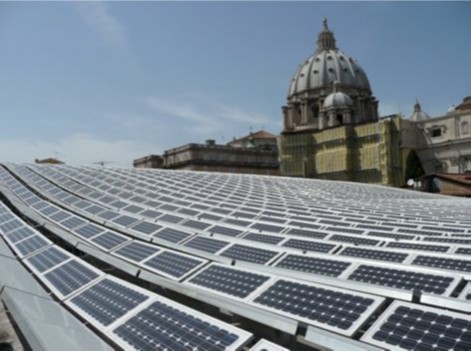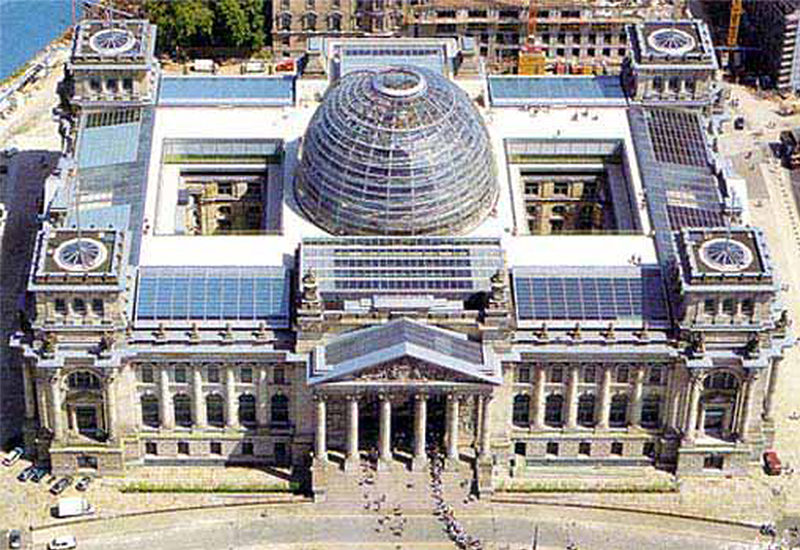Powering heritage buildings and districts with solar panels

Solar is the new ‘king of
electricity’ according to Fatih Birol, Executive Director of the International
Energy Agency (IEA). But many cities in Europe with historical
centres have been struggling for years to balance heritage architectural
concerns with the need and potential of the king of electricity.
The result is that solar generating capacity in city centres is
much less than what it could be.

PV and Grid Expert at Hespul.org
But Bruno Gaiddon has been working to change that for most of the
20 years he has spent designing and implementing PV systems in France – most
recently in Lyon
Confluences as part of the Smarter Together project.
He works for Hespul, a non-profit founded in 1991 that installed France’s first
photovoltaic array in 1992 – which is still in operation.
Just a few minutes into our conversation it is clear that his
enthusiasm for solar panels hasn’t waned over the years.
“In many cases, we discovered solar panels are the solution to
aesthetic concerns of new buildings in heritage areas.” – Bruno Gaiddon, Hespul
He explains that there are generally three scenarios where
heritage rules can conflict with PV systems. That conflict in France means a
meeting with a government
architect who will give his opinion on any proposals. There is a similar
process in many EU countries.
Installing PV as part of a new construction within a heritage zone (within 500m of a classified heritage building)
“What we have noticed is that when building in
a heritage zone the first building, designed and conceived by an architect, can
be very difficult with a lot of negotiation. But afterwards, all of the
buildings (with solar panels) are very easy.
“In Lyon Confluences, which is in the centre
of the city, it is quite a flat area and the buildings are seen from the nearby
hills. So we see the roofs of buildings. And with the guidance we had from the
state it was important to use a really sensitive design and deployment of
photovoltaic panels to hide the technical systems like ventilation that were on
the roof.”
Solar panels are the solution to aesthetic
concerns of new buildings in heritage areas.
On heritage buildings themselves
“I present
projects that are indisputable. It is with pleasure that I can talk about
these projects which occur in Europe. For me, they are projects that are of
such a high quality that no architect can dispute them. And they are very, very
simple.”

For me, the conference building at the
Vatican, a UNESCO world heritage site which has the highest level of protection
is the most beautiful installation in the world. The used inexpensive,
mass-produced panels in a very simple way that is really remarkable.”
“The other building is the Reichstag
in Berlin by Norman Foster where he put photovoltaics on the four sides of the
building. And it is another example of a remarkable installation combining the
old and the modern.

Installing PV on existing (modern) buildings within heritage zones
(within 500m of a heritage building)
“When we have projects to install PV on existing buildings in a
heritage zone, without any other work, it gets very complicated

“The conception of the installation needs to be done by a team
with an architect whose job it is to find a harmonious way of integrating the
panels into the building. If the architect doesn’t have a lot of experience it
is worth training the architect on what has been done on other buildings with
an exceptional architectural heritage.”
The final point from Gaiddon is that timing can also play a role. If a heritage building has been damaged or needs to be renovated there can be an opening even with “very conservative architects.” The fact that the building will change, that it needs to change, is an opportunity to incorporate photovoltaics in a way that shows the transformation from an unchanged heritage building to a heritage building with a modern use and modern elements.
The post Powering heritage buildings and districts with solar panels appeared first on Energy Cities.
Fuente: ENERGY CITIES
Enlace a la noticia: Powering heritage buildings and districts with solar panels

